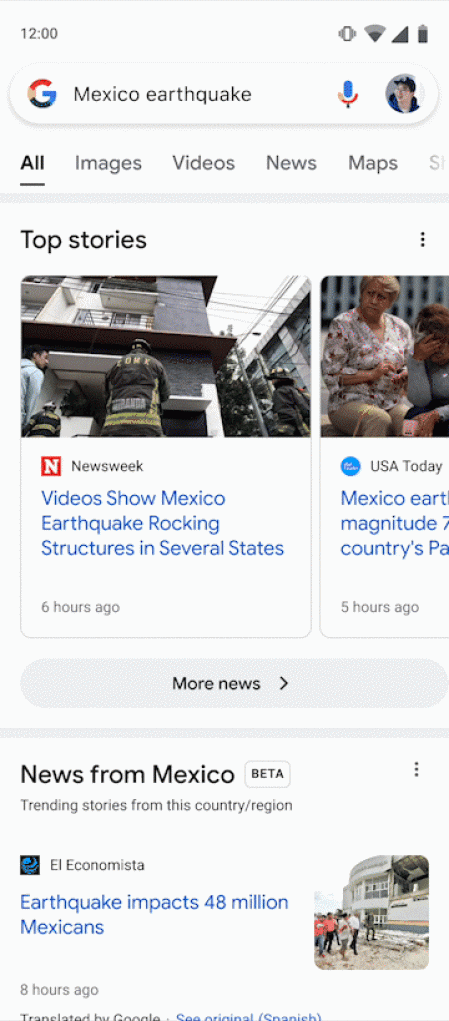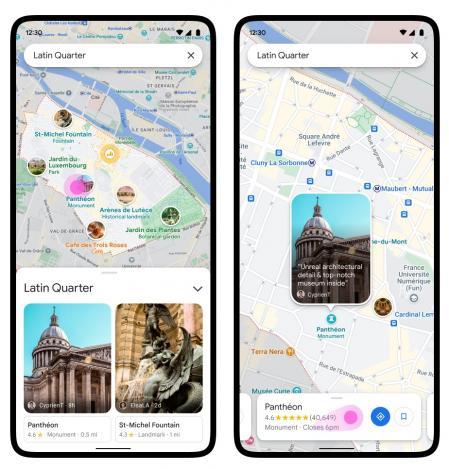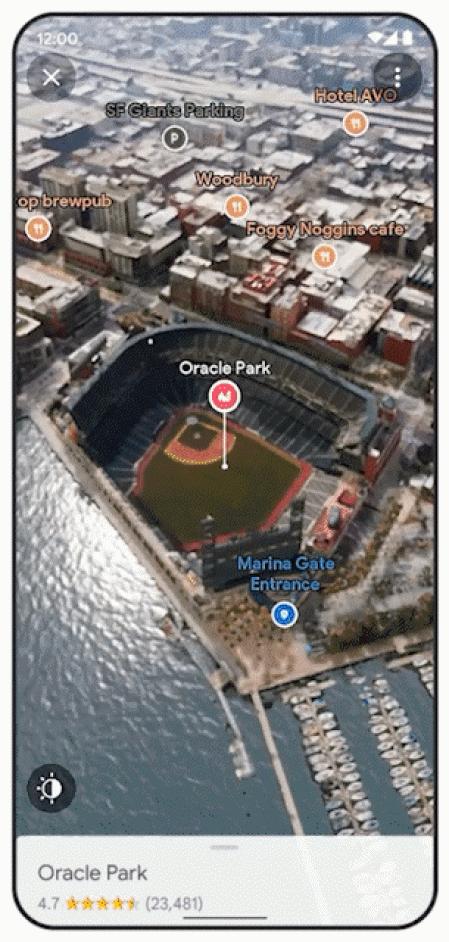Google’s search engine will enrich its results in several ways in the coming months. Two main functions that will appear are debates and forums, which will add this type of content to any search, and translated news, which will provide machine translation of news consulted in the media in a language other than that. to the user.
The appearance of forum links as a result of searches is the result of surveys conducted by Google. Those who use their search engine (who doesn’t?) told the company that it would be helpful to find first-hand advice and learn from others’ experiences. This functionality will now be launched for English-language texts in the US, although the company will continue its policy of extending the changes to the entire world.

Horizontal and vertical scrolling in searches to provide more content
In early 2023, Google will start rolling out a new feature that provides translated news using machine translation. When you click on the title of a post in a specific language, the search engine will immediately convert the text into the language of the reader, but will leave you to return to the article in the language in which it was written if you wish. For now, this novelty will translate titles and articles in French, German and Spanish into English on mobile phones and computers.
Google is preparing many new features to make its search engine more visible. In one, in the app itself, you can take a photo and add text to put it in context, as if you were naturally referring to something and wondering at the same time. Multiple search is available worldwide in English, with more than 70 languages coming in the coming months.

Automatic translation of the news
By the end of the year, Google is a machine learning-based function where a translated text in an image replaces the original text completely embedded in an image. What this technique does is erase the original text in the image, creating the pixels that should be underneath with an AI-generated background. Finally, build the translated text on top. All this is done very quickly, in 100 milliseconds. faster than flashing.
This functionality is based on a technique known as Generative Adversarial Networks (GAN), where it uses some algorithms to learn machine through a system of two neural networks that creates a mutually beneficial zero-sum competition. So far, the most eye-catching application has been to generate images of human faces that don’t really exist.

More details about the neighborhood
New features are also being prepared in Google Maps. Starting on September 28, there will be 250 realistic aerial views of landmarks from around the world, such as the Tokyo Tower and the Acropolis in Athens. The company will offer immersive views of the maps that will be combined with weather, traffic and crowds that may be present at any time.

Immersive views on Google Maps
On the roads, Google Maps will provide alternative routes that save fuel. The new function will also indicate which items are more prominent in the neighborhood or neighborhood being consulted.

“Beer enthusiast. Subtly charming alcohol junkie. Wannabe internet buff. Typical pop culture lover.”
